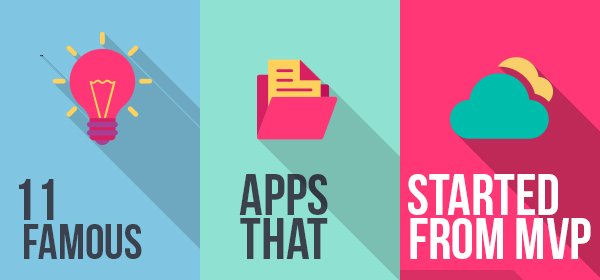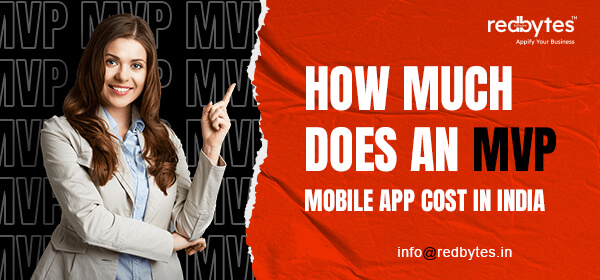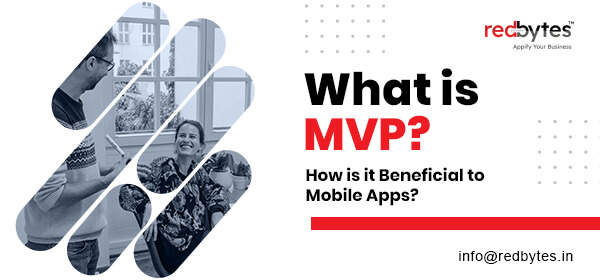A Minimum Viable Product is an excellent way for companies (especially start-ups) to understand and learn about their target audiences before developing the final, fully-functional product. It tries to prove the concept for a single-sided product, which focuses on nailing down the viability of the platform.
MVP, a business model with the minimum amount of custom coding and complex features, lets you test your assumptions and learn from the outcomes.
Today, in this post, we have compiled the top 11 famous services that were born from MVP which you tend to use every day:
1. Uber

Before launching the final version of the app, through UberCab, Uber first tried and tested to just connect their riders with drivers and accept payments. Uber’s MVP was accepted across the globe by both customers and drivers as they exactly found a relevant and prevalent headache, which has booking cabs.
As a simple concept, Uber Cab had let them enter the market in a short time, receive real user feedback, and expand to the brand they are today.
Essential Features:
- Live-tracking of drivers
- Fare estimations
- Fare splitting
- Instant credit and debit card payments
2. Dropbox

The famous Dropbox, instead of releasing a product as their Minimum Viable Product, they launched a short video that demoed their product’s first ever development, explained their core values and showed how simple it is for everyone to share all sorts of files across their devices. After they released this 3-minute video, the beta sign-up increased from just 5,000 to 75,000 instantly.
Essential Features:
- Integration with MS Office
- Dropbox for businesses
- Collaboration
- Upload images and videos from tablets, smartphones, etc.
3. Instagram
![]()
The very first version of the very famous and preferred social media platform, Instagram, lets photo sharing with just a few filters. They had entered the market which was soaked with other photo editing apps and tools that were common and gave tough competition to Instagram. However, the company offered a Unique Selling point (USP) that was a combination of both image sharing and editing.
Essential Features
- Direct messaging
- Boomerang videos and videos
- Added new filters
4. Airbnb

Without having to involve the middlemen, to be able to provide short-term renting is the primary mission of the Airbnb. In order to test their idea of renting a loft for short-term trips, the founders of Airbnb offered accommodation for people who came to town for tentative periods. Soon, they launched a simple website that explained, how tourists can take advantage of Airbnb.
Essential Features
- Selection of high-quality and well-equipped homes
- Service hospitality included
- Hosts provide daily essentials
5. Facebook

Facebook’s minimum viable product was pretty much similar to what LinkedIn had introduced. No applications, no news feed, no sort of status updates, and a lot of things were absent. Back when it started, all Facebook did was let students at Harvard university access to utilize within the university. The application was also made available to a tiny group of people to test and gather user feedback.
Essential Features
- News feed
- Photo and video sharing
- Live video streaming
- Sending messages
6. LinkedIn
The very first version of LinkedIn had got out with not too many features. For example, back then, users couldn’t endorse their connections for skills, write a recommendation, or even get a list of recommended connections. Everything on LinkedIn today is created after the initial assumption was thoroughly tried and tested.
Essential Features
- Incorporating keywords to enhance the profile
- Recommendations and endorsements
- Adding work examples, images, videos, etc.
- Advanced people finder
7. Foursquare

When it was first launched, Foursquare had only had famous check-ins and badges for finishing particular activities. With their initial findings of the MVP which had only one main feature, Foursquare incredibly increased the market of apps with their location-based services.
Essential Features:
- Check in at business places or attractions
- Write reviews
- Finding attractions
8. Pinterest
Just like the above ones, even Pinterest had a Minimal Viable Product. The platform offered enough utility for users who wanted to visually bookmark their interests. They made the pin one aspect of the Minimum Viable Product as it enabled the functionality. The early users of this product validated it as the product-market fit and made one of the best platforms for bookmarking recipes and fashion.
Essential Features
- Collect photos as visual bookmarks
- Share lists with anyone
- Follow pins and lists from your connections
9. Zynga

Games and social media easily go hand-in-hand now. Back then, there were two extreme ends. When it originally introduced, Zynga was a poker game which let users go live on Facebook. This made a lot of difference and helped them to venture capital to fund titles such as Farmville.
Essential Features
- Competitive tournaments
- Casual Texas Holdem poker
- Play across devices
10. Zappos

When Zappos was first established, they literally went into shoe retailing without keeping any sort of inventory. They started providing the photos of a variety of shoes they wanted to sell and if any customer placed the order then they would the particular shoes. This greatly helped them to study their target market.
Essential Features
- Free shipping
- 365-day return policy
- Personalized product recommendations
11. Spotify

Spotify is another fantastic example of an MVP. As they wanted to develop a music streaming service, they specifically targeted music streaming for their MVP. Spotify built an application for desktop and run a closed beta for testing purposes on their target audiences. When they figured that their MVP was exactly what users wanted, they started signing with more number of artists.
Essential Features
- Syncs smartphones with desktop
Intuitive search by genre
Undelete playlists erased by mistake
Wrapping up
While there are numerous ways to accomplish goals in businesses, Minimum Viable Product is the go-to solution especially for start-ups because of the scarcity of the funds in their backpacks.
Small and medium-sized companies are also becoming the frontier of innovation as they would have fewer limitations when compared to the enterprises and corporations. That is why it is important to test your ideas before you make them big.













